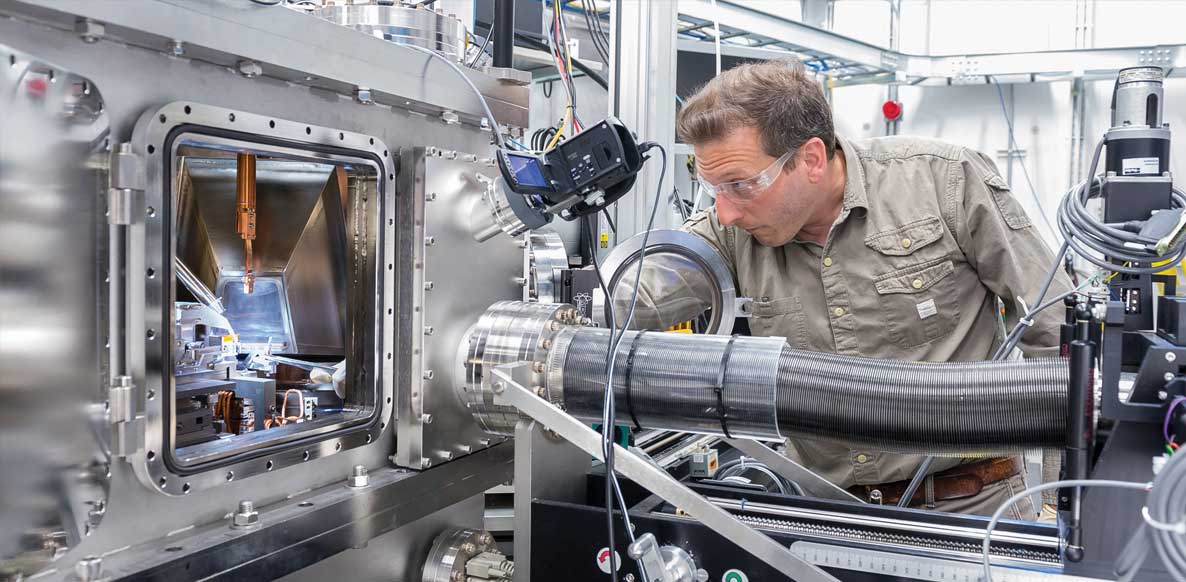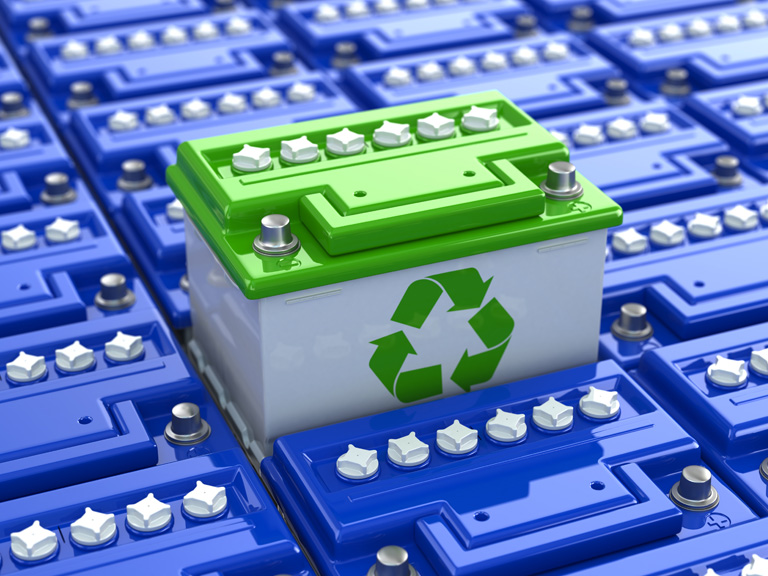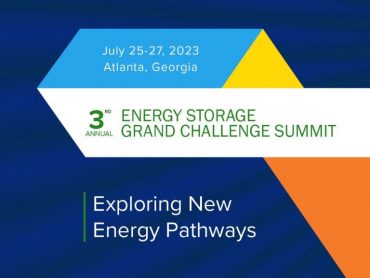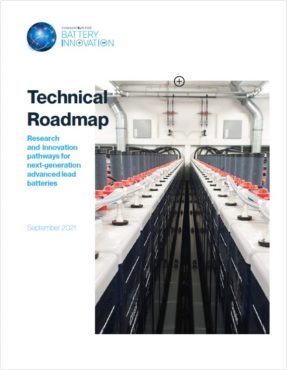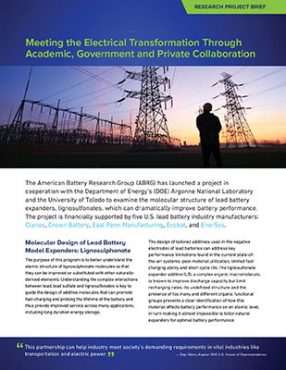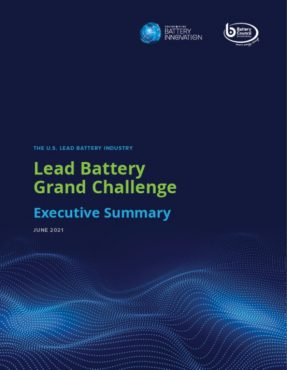The U.S. is racing to domestically meet its sustainability energy storage needs. Research is pivotal to that mission, which includes unlocking the full potential of lead batteries. The battery industry recognizes the importance of federal research and development funding, and partnerships with research institutions, such as the U.S. Department of Energy’s (DOE) National Laboratory system. The federal government serves as a key facilitator of such research.
DOE Says Lead Batteries Have Better Chance of...
Lead batteries and other non-lithium technologies are worth the U.S. Department of Energy’s (DOE) time, effort and budget. That was a key...
Article
August 14, 2023

